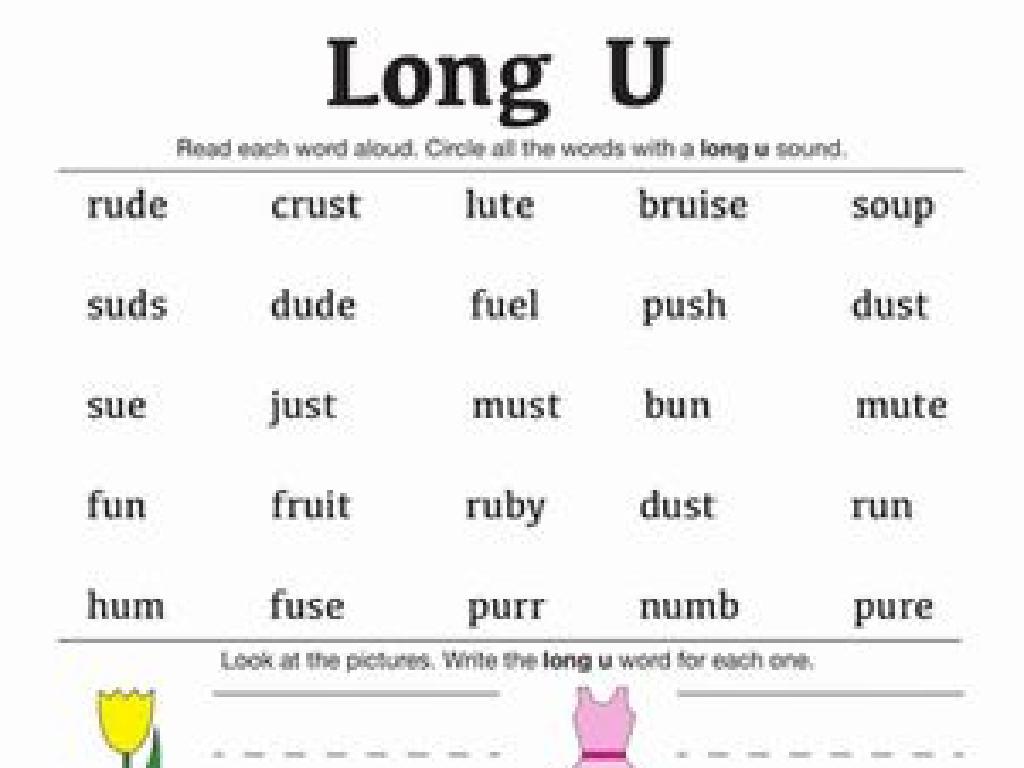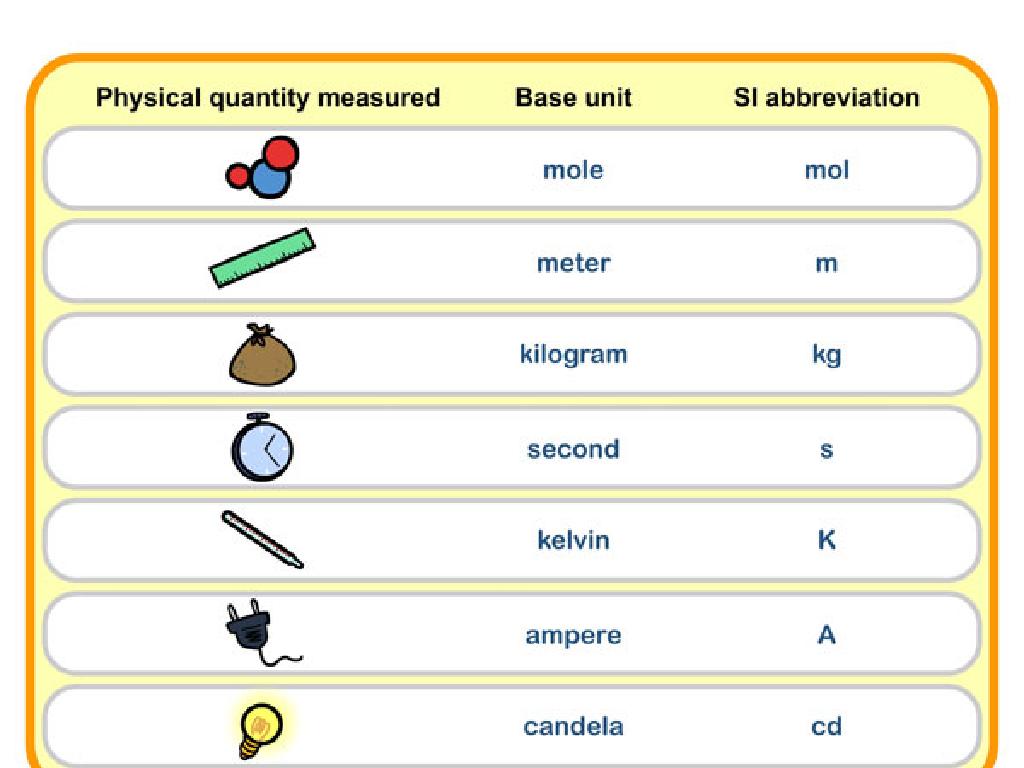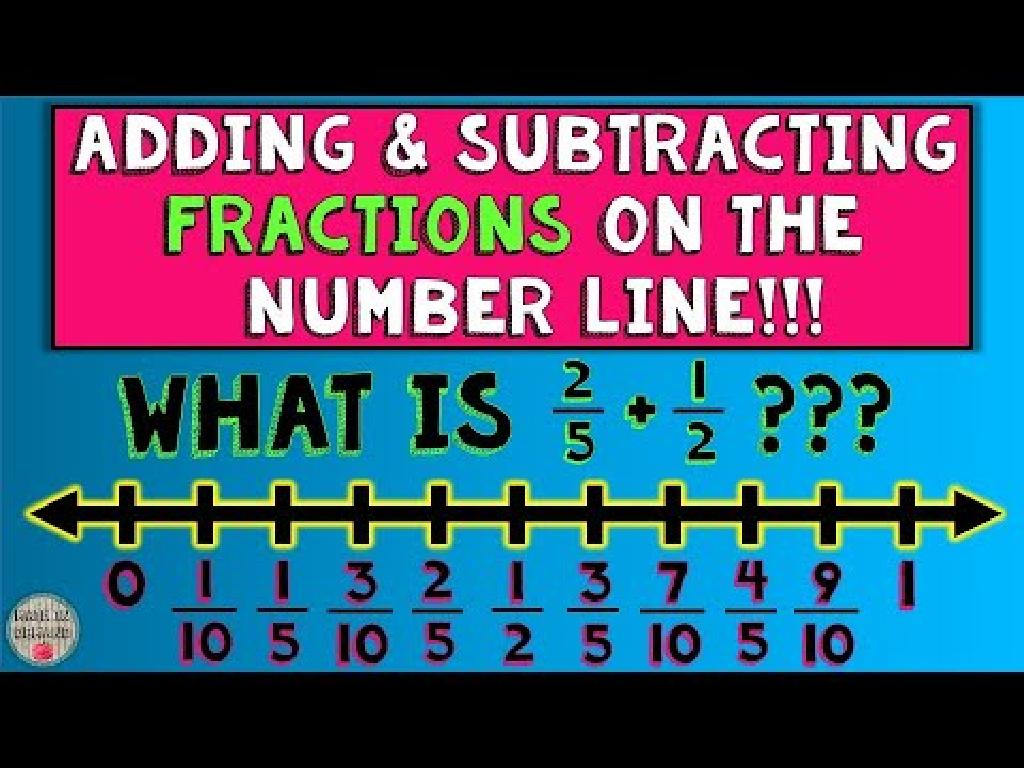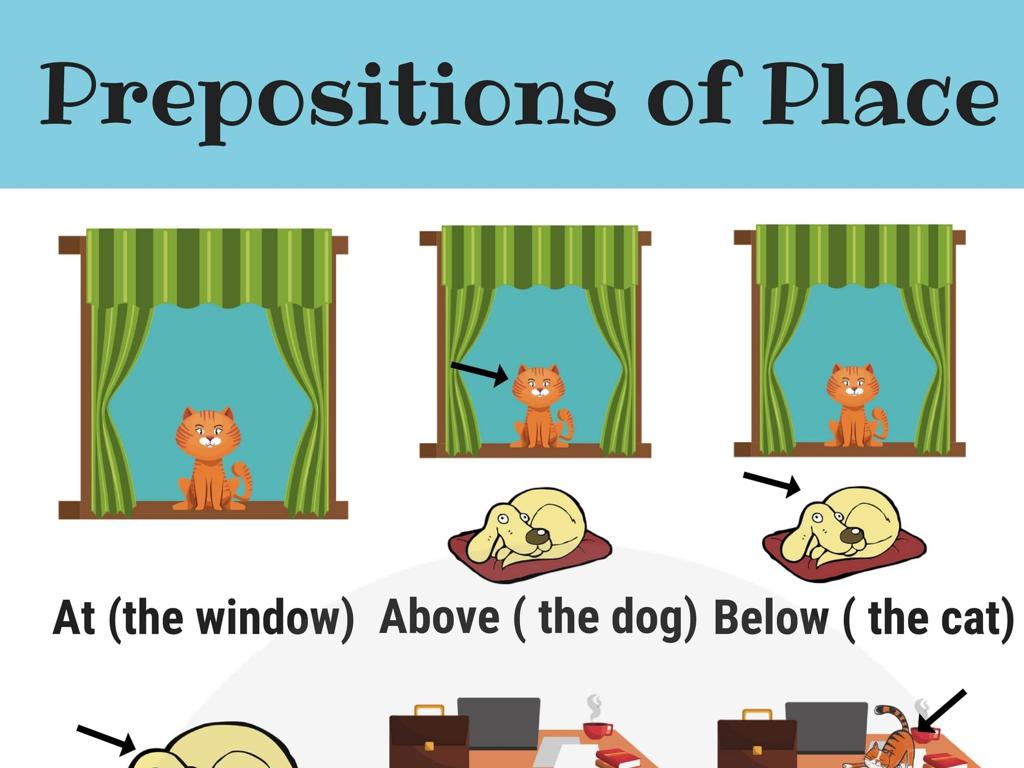Ordering Puzzles
Subject: Math
Grade: Third grade
Topic: Ordering And Comparing
Please LOG IN to download the presentation. Access is available to registered users only.
View More Content
Welcome to Ordering Puzzles!
– Play with puzzles and numbers
– Ordering numbers is puzzle-solving
– Think of each number as a puzzle piece
– Learn to compare numbers
– Use ‘greater than’ and ‘less than’ to compare
– Arrange numbers in order
– Practice putting numbers in sequence
|
This slide introduces the concept of ordering puzzles to third-grade students, making a connection between the fun of playing with puzzles and the process of ordering numbers. Emphasize that each number can be seen as a piece of a puzzle that fits into a larger picture. Encourage students to think about how some numbers are bigger or smaller than others, using terms like ‘greater than’ and ‘less than.’ Activities can include arranging number cards, comparing numbers with classmates, and sequencing numbers from least to greatest or vice versa. The goal is to make learning about numbers interactive and enjoyable, reinforcing the concept through hands-on practice.
What Does Ordering Mean?
– Understanding ordering numbers
– Ordering is arranging numbers from the smallest to the largest or vice versa.
– Comparing to lining up for recess
– Just like we line up from the shortest to the tallest!
– Using number lines
– Number lines show us the position of numbers in order.
– Practice ordering with puzzles
|
This slide introduces the concept of ordering numbers, which is a fundamental skill in mathematics. It’s important to relate this concept to everyday activities that children are familiar with, such as lining up according to height during recess, to make it more understandable. Using a number line can visually assist students in grasping the idea of sequence and numerical order. To reinforce this concept, incorporate ordering puzzles as a class activity, where students can arrange number tiles or cards in the correct order. This interactive approach will help solidify their understanding of numerical order and prepare them for more complex math concepts.
Comparing Numbers: Getting Ready to Order!
– Understanding number comparison
– Learning comparison symbols
– Symbols: > means more, < means less, = means the same
– Practice with examples
– Which is greater: 123 or 321? Which is less: 56 or 65?
– Building a foundation for ordering
|
This slide introduces the concept of comparing numbers, which is a fundamental skill before learning to order numbers. Start by explaining that comparing numbers means looking at two numbers to decide which one is bigger, smaller, or if they are the same. Introduce the symbols for greater than, less than, and equal to, and ensure students understand what each symbol represents. Use clear examples to practice, such as comparing two-digit and three-digit numbers, and ask students to use the correct symbols to show their understanding. This will prepare them for the next step, which is ordering numbers from smallest to largest or vice versa. Make sure to provide several examples and encourage students to explain their thought process.
Ordering Numbers: Which is Greater?
– Understanding number order
– Comparing two numbers: 23 vs 32
– Which number is bigger, 23 or 32? Look at the first digit!
– Using comparison to order numbers
– If numbers start with the same digit, compare the next digit.
– Practice with more examples
– Let’s try ordering 45, 54, and 40. How should they be arranged?
|
This slide introduces the concept of ordering numbers by comparing their values. Start by explaining that the position of digits in a number determines its value, with the leftmost digit being the most significant. Use the example of 23 versus 32 to illustrate how to compare numbers by looking at the first digit to decide which is greater. Emphasize that if the first digits are the same, they should compare the next digit to the right. Provide additional examples and encourage students to practice ordering sets of numbers both as a class activity and individually. This will help solidify their understanding of numerical order and prepare them for more complex ordering puzzles.
Let’s Practice Ordering Numbers!
– Practice ordering number sets
– First digit determines order
– Look at the first number to compare
– Same first digits? Check the next!
– If 23 and 25, look at ‘3’ and ‘5’ next
– Let’s find the smallest and largest!
– Practice with examples like 321, 213, 132
|
This slide is designed to help students practice the concept of ordering numbers. Start by explaining that the order of numbers is determined by comparing digits from left to right. Emphasize that the first digit is the most significant and usually determines the order. However, if the first digits are the same, students should compare the next digits in line. Use examples with different first digits and then with the same first digits to illustrate the concept. Encourage students to participate by picking out sets of numbers from the examples and ordering them together. This interactive approach will help solidify their understanding of numerical order.
Ordering Puzzle Activity
– Time to solve your puzzle!
– Each student receives a jumbled puzzle
– Arrange puzzle numbers from smallest to largest
– Start with the lowest number you can find
– Check if your sequence is correct
– After arranging, compare with a friend or ask the teacher
|
This activity is designed to help students practice the concept of ordering numbers. Each student will receive a puzzle with numbers in a jumbled order. The task is to rearrange the pieces so that the numbers are in ascending order, from the smallest to the largest. This hands-on activity not only reinforces their understanding of numerical order but also enhances problem-solving skills. As a teacher, walk around the classroom to assist students who may struggle with identifying the correct order. Encourage students to double-check their sequence once they’ve completed the task and to compare their arrangement with a peer. Offer praise and gentle corrections as needed. Possible variations of the activity could include puzzles with missing numbers, reverse ordering from largest to smallest, or using negative numbers for advanced students.
Class Activity: Create Your Own Number Line!
– Pair up for number line creation
– Use puzzle numbers on your line
– Each pair receives a unique set of numbers to arrange
– Place numbers in correct sequence
– Remember, numbers increase from left to right
– Check each other’s work for order
– Help your partner and ensure accuracy
|
This activity is designed to reinforce the concept of numerical order through hands-on practice. Students will work in pairs to create a physical number line using numbers provided from a puzzle. This encourages collaboration and peer learning. As they place the numbers, they must ensure that each number is in the correct order, increasing from left to right. Teachers should circulate the room to assist and check for understanding. Possible variations of the activity could include using different ranges of numbers, including negative numbers, or having students create number lines with larger intervals. This activity not only solidifies the concept of sequencing but also enhances fine motor skills and cooperative learning.
Conclusion: Mastering Number Order
– Celebrate your ordering skills
– Ordering: smallest to largest
– Arrange numbers in ascending order
– Ordering: largest to smallest
– Arrange numbers in descending order
– Practice ordering at home
|
Well done on learning how to order numbers! Remember, ordering can be done from the smallest to the largest (ascending order) or from the largest to the smallest (descending order). To get better at this, continue practicing with different sets of numbers. Use everyday opportunities to arrange things in order, like organizing toys by size or books by the number of pages. Keep it fun and engaging, and soon ordering numbers will become second nature. Encourage students to share their at-home practice experiences in the next class.






